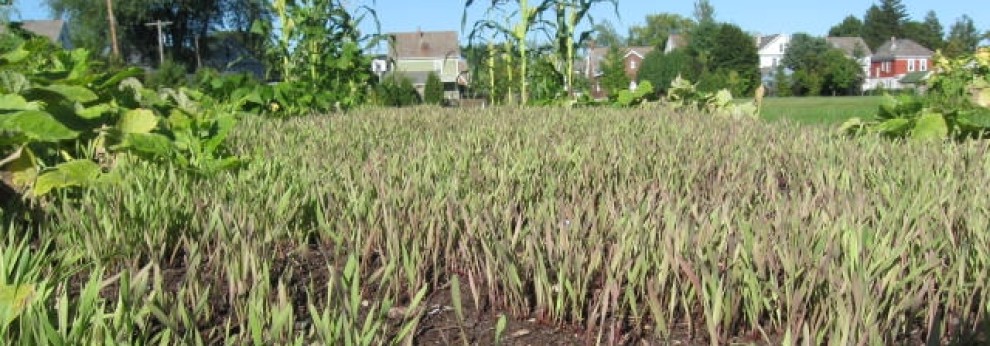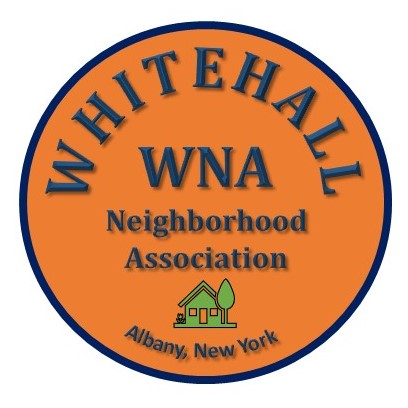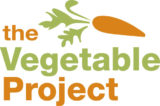Please check out the image here that explains the difference between dirt and soil and why we shouldn’t treat one like the other. Published recently in the New York Times, it gets to the essence of one of the Vegetable Project’s favorite hands-on learning opportunities and thus the core of what the Vegetable Project is about.
We know that kids learn on a more meaningful level when we educators get them touching and doing and experiencing than when we stand in the front of a room and talk at them. As an example, that soil is full of life, and supports all of our lives, really resonates when students see worms and spiders and other critters crawling around in our garden beds. Some kids shriek in delight; some squeal with discomfort. Either way, we have their attention on a different level than typically happens in the classroom. So working hands in soil creates meaningful opportunities to talk about interdependence of many living organisms, biology and chemistry class topics, environmental stewardship and so much more.
The Vegetable Project is committed to creating such hands-on learning opportunities because we know they offer a more promising route to meeting needs of many students, and especially the most challenging students, than the typical and more passive classroom experience. We do this through a variety of programs: We lead a year-round Garden Club at Myers Middle School. We partner with Albany’s Summer Youth Employment program to offer teens a first workplace experience. We mentor at-risk Albany High School students through a paid garden assistant internship. We bring plant-based and food-related activity into regular classes. And we are working to develop an outdoor classroom at Myers.
These efforts take resources, of course, both financial and human. Won’t you please consider how you can participate or contribute? Please click here to learn more. https://vegetableproject.org/about-us-2/many-ways-to-participate-and-contribute.
–Bill Stoneman




